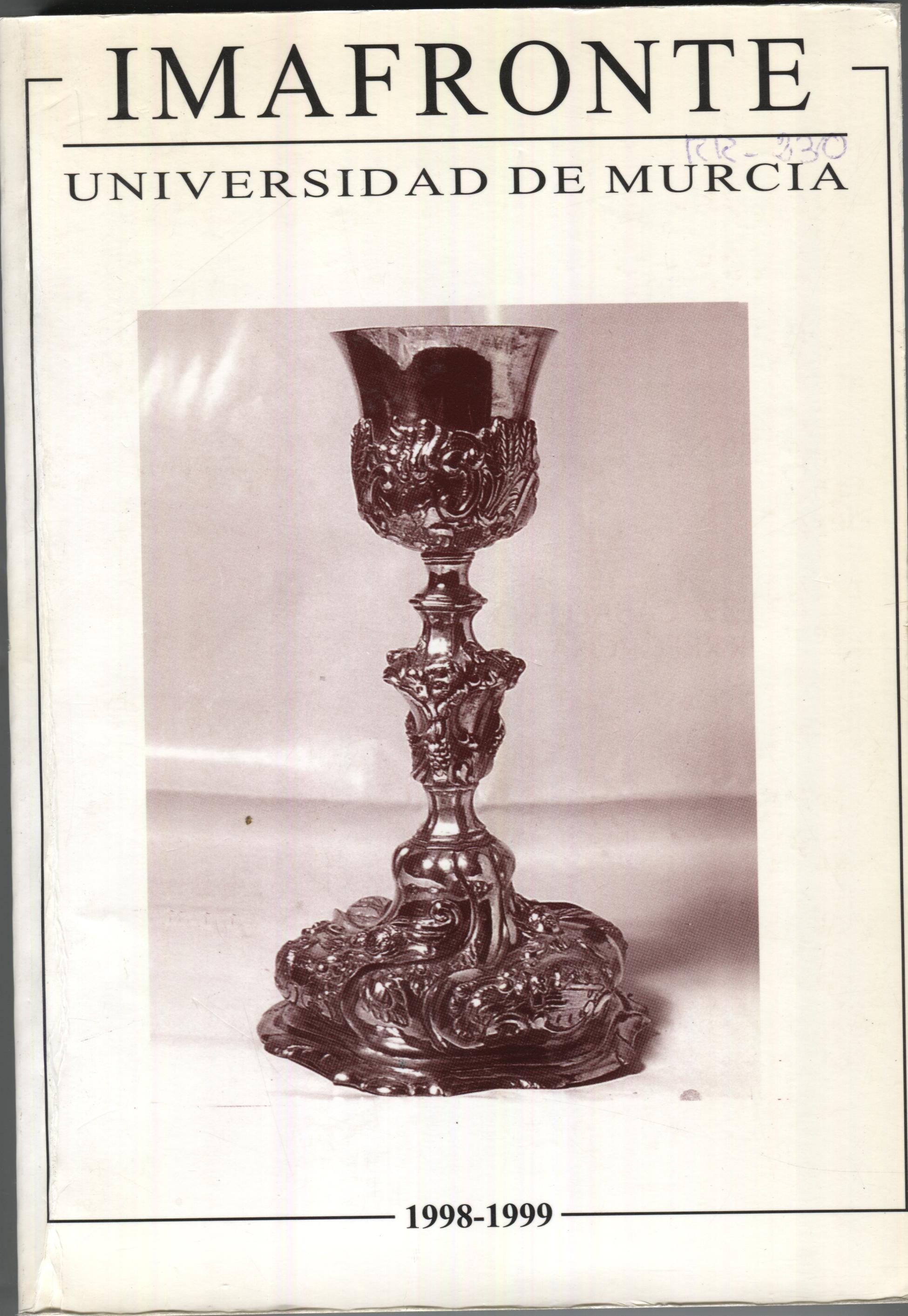PLATERÍA CORDOBESA EN MURCIA
Resumen
The well-known circulation of the products of Cordoba's silversmiths in other regions of Spain also reached Murcia. From the middle of the 18th century until its conclusion, coinciding with the height of the Cordoban school, Murcia is subject to a genuine invasion of silver items, from the Andalusian city This is dire, above all, to a commercial route, frequented by merchants who arrived in Murcia to sell their expensive goods. In particular; there was a preference for chalices, especially those of a rich rococo, the speciality of the Cordoban school. However; many smooth-surficed chalices, first as characteristic of this school, were also exported to Murcia, the advantage being their cheaper cost and noble appearance, due to a fine silver craftsmanship and their elegant proportions. lt is throirgh these luxury items that the Cordoban Rococo is well-represented in Murcia. The contribution of one of the main sillversmiths, Antonio de Santa Cruz y Zaldua, must be highlighted, together with other master crafismen, such as Antonio Ruiz el Viejo (the elder) Baltasar Pineda and José de Góngora.Descargas
-
Resumen459
-
PDF143
Las obras que se publican en esta revista están sujetas a los siguientes términos:
1. Los autores ceden de forma no exclusiva a la revista los derechos de explotación (reproducción, distribución, comunicación y transformación).
2. Las obras que se publican en esta revista están sujetas a la licencia Attribution-ShareAlike 4.0 International (CC By SA 4.0). Por lo que se pueden copiar, usar, difundir, transmitir y exponer públicamente, siempre que:
i) se cite la autoría y la fuente original de su publicación (revista, editorial y URL de la obra), permitiendo así su reconocimiento.
ii) se permite remezclar, transfromar o crear a partir del material mientras se mantenga la misma licencia del original.
3. Condiciones de auto-archivo. Se permite y se anima a los autores a difundir electrónicamente las versiones pre-print (versión antes de ser evaluada) y/o post-print (versión evaluada y aceptada para su publicación) de sus obras antes de su publicación, ya que favorece su circulación y difusión más temprana y con ello un posible aumento en su citación y alcance entre la comunidad académica. Color RoMEO: verde.
























